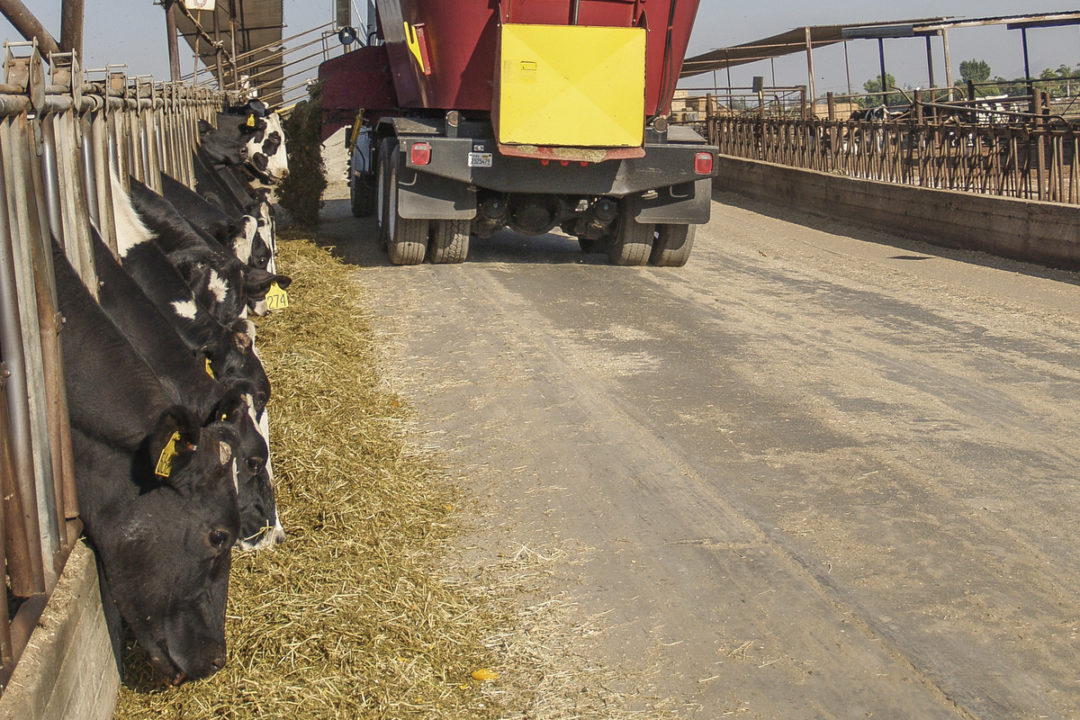The familiar phrase “No man is an island” comes from a sermon by the 17th-century English clergyman and poet John Donne. The thought behind the phrase is that no one can stand alone, that we all are connected to and reliant on one another. As a sports fan, I constantly see this played out, as the Hall of Fame starting pitcher relies on the “closer” to finish the game and preserve the win, or as the star basketball player rests on the bench to conserve his energy for the closing minutes of the game. We all need someone to “have our back” – we can’t do it all on our own.
The same thing could be said of your trace mineral program. Over the past few decades, new forms of trace minerals have been introduced, such as metal proteinates, amino acid chelates, metal-polysaccharide complexes and hydroxy-complexed minerals, with the promise of increased efficacy and bioavailability. Even with the best-formulated package containing the most available trace mineral sources, there may be times when that may not be enough to meet all the animal’s mineral requirements. The transition period may be such a time in the life of a dairy cow.
The transition period (the three weeks before and after calving) is generally considered the most stressful period in a cow’s life, especially for the first-calf heifer that hasn’t experienced this event before. The mammary gland is preparing for the onset of lactation and production of mineral-rich colostrum. Trace mineral demand is also increased by the growth of the fetus and associated tissues. During the last trimester of gestation, the accretion rate in the conceptus of zinc (Zn), copper (Cu) and manganese (Mn) is 11.7, 1.6 and 0.3 milligram per day, respectively, and 55 micrograms (μg) per day for selenium (Se).
Another challenge to the trace mineral status of transition cows is that they are commonly fed a diet high in the anionic ingredients sulfur and chloride prior to calving, and sulfur has been shown to decrease the availability of both copper and selenium. Remember, all of this is occurring as dry matter intake (DMI) drops to the lowest point in the cow’s lactation cycle. This high mineral demand and decreasing DMI can lead to reduced trace mineral levels. For instance, in the last two weeks before calving, plasma zinc concentration can decrease 22%, with the nadir or lowest point occurring the day after calving.
With reduced DMI, the cow is now in a state of negative energy balance where she cannot take in enough energy or total nutrients to meet her needs. She must mobilize fat reserves to supply energy, and this fatty acid oxidation can produce reactive oxygen species (ROS) which leads to metabolic oxidative stress. This is often accompanied by immune dysfunction. Approximately 75% of diseases in dairy cows occur in the first 30 days of lactation, primarily due to depressed immune function associated with the decrease in feed intake. In fact, most of the metabolic disorders such as ketosis, milk fever, retained placenta and displaced abomasum occur within the first two weeks of lactation.
In transition cows, enzymatic antioxidants such as superoxide dismutase (SOD) and glutathione peroxidase (GSH-Px) represent the major antioxidant defenses against cellular damage by ROS. Copper, along with zinc and manganese in some instances, is essential for the proper functioning of SOD, and selenium is required for the activity of GSH-Px. Studies have shown that both blood and milk neutrophils from cows deficient in selenium had decreased ability to kill mastitis-causing organisms, and neutrophils from cows with higher blood selenium concentrations had increased ability to kill bacterial pathogens. Copper supplementation has also been shown to reduce the severity of E. coli mastitis.
One possible solution to meeting this increased trace mineral demand is the use of injectable trace minerals. One subcutaneous injection of a trace mineral product containing 15 milligrams of copper, 60 milligrams of zinc, 10 milligrams of manganese and 5 milligrams of selenium per milliliter, given at the rate of 1 milliliter per 45 kilograms (100 pounds) bodyweight, increased the serum levels of zinc, manganese and selenium within eight hours post-injection in 730-pound steers. It also increased the levels of copper, zinc and selenium in the liver for 15 days post-injection for the treated versus non-treated steers. Injections of the same trace mineral product (5 milliliters per dose) given to Holstein cows at approximately 230 and 260 days of gestation and at 35 days post-calving decreased the incidence of clinical mastitis in multiparous cows, reduced the somatic cell linear score and reduced the incidence of stillbirth and endometritis in treated versus non-treated cows. In another trial using the same treatment protocol, serum SOD activity was higher in the treated cows from 10 to 100 days postpartum.
As you can see, the transition period is a period of high stress and is generally accompanied by an increased demand for trace minerals for fetal growth, colostrum/milk production and to support a challenged immune system. It may also be a time to give your oral mineral program a boost with injectable trace minerals. We all need a helping hand sometimes.
References omitted but are available upon request by sending an email to the editor.









